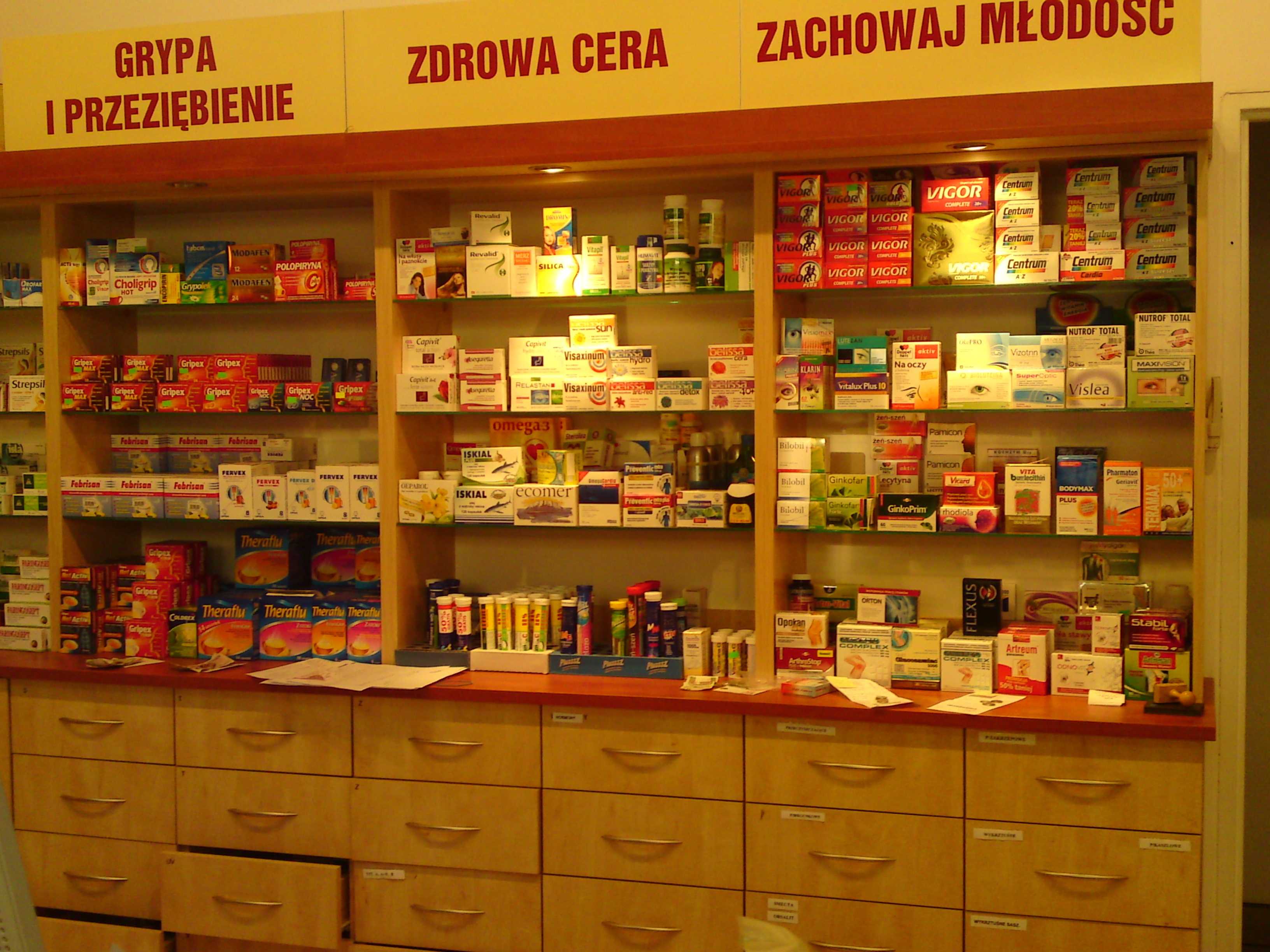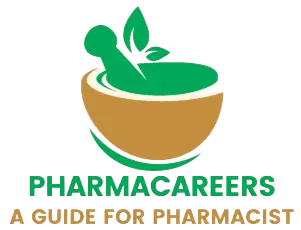-
Monophasic Liquids
Monophasic liquids Monophasic liquids in pharmacy are pharmaceutical ulations that consist of a single, homogenous phase. They are typically comprised of a solvent, one or more dissolved active pharmaceutical ingredients (APIs), and various excipients. These liquids represent a true solution, which is a clear, homogeneous mixture prepared by dissolving a solid, liquid, or gas in…
-
Liquid Dosage Forms
Liquid dosage s Liquid dosage s are pharmaceutical preparations in a liquid state that are administered orally, topically, or by injection. They contain a mixture of active drug components and non-drug components (excipients) dissolved or suspended in a suitable solvent or mixtures of solvents. They are designed to provide the maximum therapeutic response in a…
-
Powders (BP103T)
Introduction In pharmaceutics, a powder is defined as a dry, solid substance composed of finely divided drugs, with or without excipients, intended for internal or external use. It is a solid substance in a finely divided state. Powders represent one of the oldest and most conventional dosage s. They were originally found to be a…
-
Pharmaceutical Calculations
Introduction Pharmaceutical calculations serve as the backbone of pharmacy practice. Which ensures precise medication dosing, compounding and preparation. From converting units of weight and volume to calculating complex solutions and ulations, pharmaceutical calculations are essential for pharmacist. There are two-unit systems of weights and measures in pharmacy, one is imperial and another is metric. In…
-
History of Pharmacy Profession in India in Relation to Pharmacy Education
Introduction In India the pharmacy education was started in 1842 in Goa by Portuguese as a certificate course and this is the first step towards pharmacy profession in India. Formal training of the compounds was started in 1881 in Bengal. The university level program of pharmacy is started in 1937 at Banaras Hindu University. After…
-
Introduction to Pharmacopoeia
Introduction Pharmacopoeia is a book containing directions for the identification and evaluation of medicines, published by the authority of a government or a medical or pharmaceutical society. In a broader sense it is a reference book for pharmaceutical drug specifications. The word pharmacopoeia is derived from Greek language, pharmakon means drug and poieo means I…
-
Buffered Isotonic Solutions
Buffered isotonic solutions Tonicity is a measure of effective osmolarity or osmolality in biological cell. The solutions having same osmotic pressure is known as isotonic solutions. Pharmaceutical solutions pass through delicate membranes of body; hence their osmotic pressure is to be adjusted with body fluids. Isotonic solutions cause no swelling or contraction of tissues when…
-
Poison and Antidotes
Introduction Poisons are substances that, when ingested, inhaled, or absorbed, can cause harm to the body. They may be accidental, occupational, suicidal, or criminal in nature. Common causes of poisoning include heavy metals, drug overdose, and exposure to toxic chemicals. Notable types include heavy metal poisoning, cyanide poisoning, and snake venom. Antidotes are substances that…
-
Haematinics
Haematinics Haematinics are essential nutrients required by the bone marrow for blood cell ation (haematopoiesis). These nutrients play a crucial role in maintaining healthy red blood cells. Haematinics are used in treatment of various types of anaemia. The main haematinics include iron, folic acid, and vitamin B12. Additionally, substances like copper and pyridoxine are required…
-
Expectorants
Expectorants Expectorants are medications or natural ingredients that help clear mucus from a person’s airways. They can be used for coughs that produce mucus, such as the common cold or flu. Expectorants aim to make coughing up mucus easier. They do not actually stop coughing. A productive cough should not be suppressed because it helps…
Search
Archive
Categories
Recent Posts
Gallery








